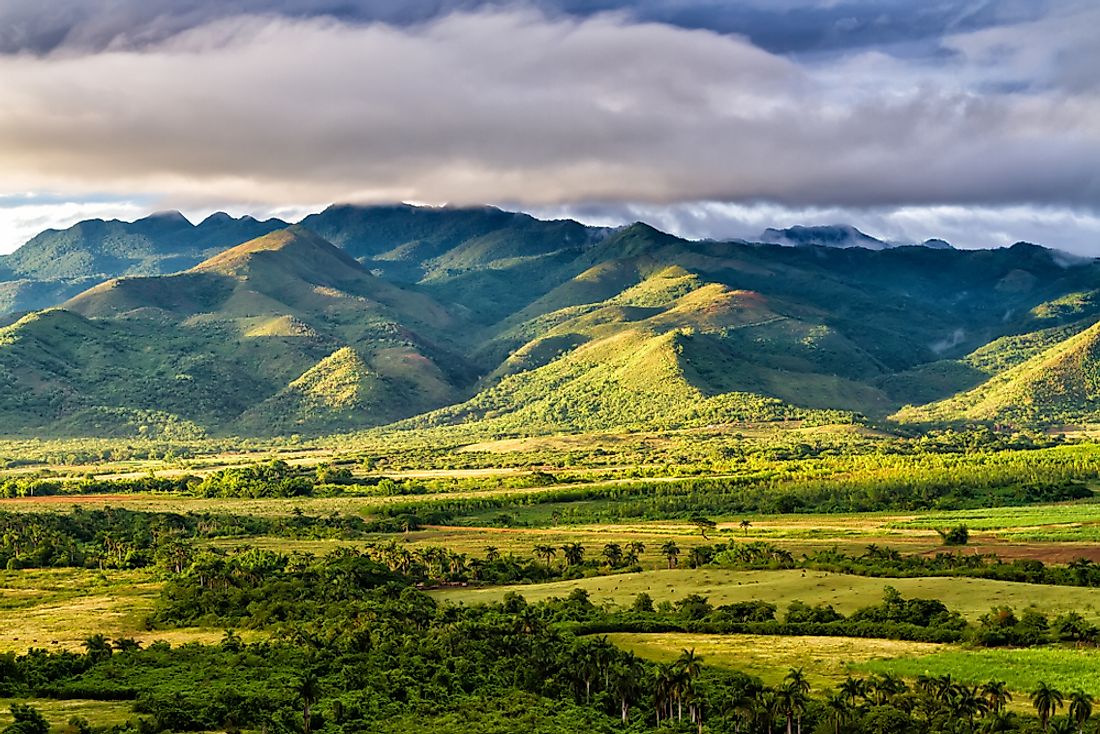What Are The Biggest Industries In Cuba?

In 2016 Cuba exported goods worth US$1.5 billion, a -19.8 drop compared to 2015 a -37% drop compared to 2009. The ten largest exports from Cuba accounts for about three-quarters of the total exports. The Central Intelligence Agency’s World Factbook totals the country’s GDP at to $128.5 billion in 2016 based on the purchasing power parity. With the country’s population of 11.5 million people, each resident is estimated to export about $130 annually. The country is known to produce some of the world’s best cigars, but sugar is its primary export. Raw sugar, rolled tobacco, refined petroleum, hard liquor, and nickel mattes are the country top exports while poultry products, wheat, refined petroleum, concentrated milk, and corn are the major imports.
The Biggest Industries in Cuba
The main sectors of the Cuban economy include energy production, agriculture, industry, service, and foreign investment, and trade. The country’s banking sector is not well developed, and millions of people cannot access credit facilities.
Energy Production
At the start of the decade, Cuba depended entirely on fossil fuel for its electricity. About 90% of the electricity was produced from diesel generators. By 2015, Cuba consumed an estimated 19.12 billion kWh, none of which was imported or exported. In the recent past, the government has promoted the domestic use of solar panels to cushion people from frequent blackout and the high cost of electricity.
Agriculture
The agricultural sector accounts for the two largest exports from Cuba, sugar and rolled tobacco. Although the country produces other crops such as rice, coffee, potatoes, and citrus, it imports 70-80% of the food consumed the citizenry. Before 1960, Cuba produced enough food to feed its people, but population increase coupled with political instability, lack of investments, and neglect by the government led to the decline of the sector.
Industry
The industrial sector accounts for about 37% of the country’s GDP and employs 24% of the population. Sugar processing, oil refinery, and pharmaceuticals steer the industrial sectors since the government nationalized industries in 1968. Between 1989 and 2014 the manufacturing sector collapsed and less to loss of employment and severe economic depression.
Tourism
Tourism leads the service sector alongside retail. For a long time, tourism has been pivoted the economy from total collapse. In the mid-1990s tourism earned Cuba more foreign exchange than sugar. About 4.7 million tourists visited Cuba in 2017 a 16.5% increase compared to 2016. The country earned about $3.5 billion. In 2016 tourists broke the 4 million barrier for the first time after president Barrack Obama mended US ties with the Caribbean nation. Since then American tourists have streamed to the country in large number, in 2017 about 650, 000 visited Cuba.











